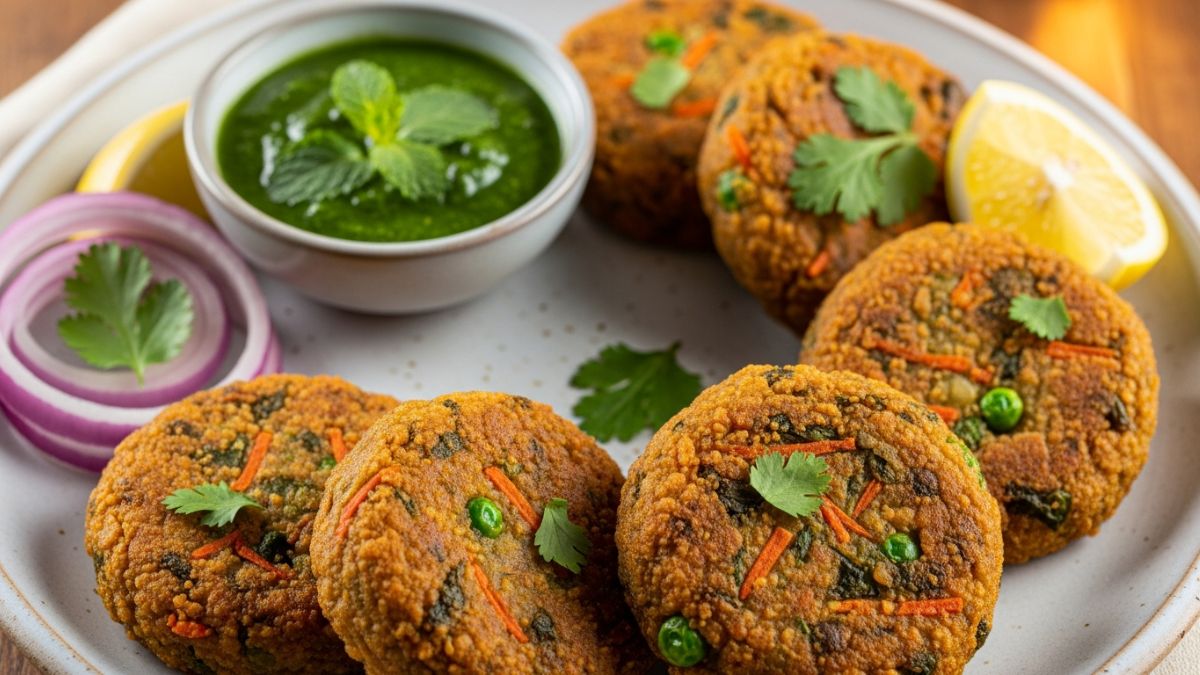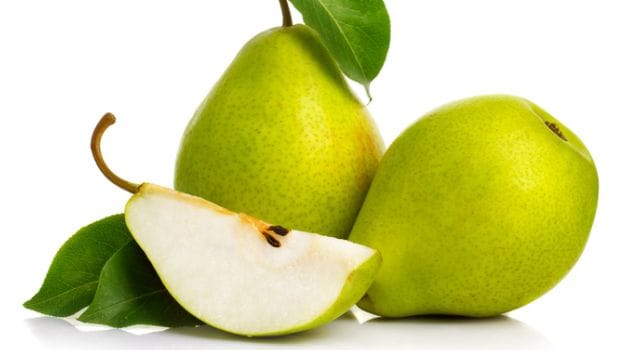A typical fruit of temperate regions, pears have been one of the world’s oldest cultivated produce, given their versatility and long storage life. It has its origin and domestication at two different regions, China and the Middle East. At present, Oregon and Washington are regarded as highly specialised regions that support pears, with more than 1,600 pear growers. The Chinese merchants brought this delicious delight to Amritsar’s village Harsa Chhina in around 120-170 AD. The nomenclature can be attributed to Latin words ‘pera’ or ‘pira’, with some variants like the French ‘poire’, German ‘peer’, and Greek ‘acras’ (wild type) and ‘apios’ (cultivated type). Known as ‘patharnakh’ in Punjab, it has become a commercial fruit crop of the state. In Himachal Pradesh and UP, the fruit is cultivated under the name of ‘gola pear’. India's pear season lasts from late summer to early winter.Many studies have associated an increased intake of plant-based foods like pears with reduced adverse health conditions.
1. Helps in Weight Loss
Pear, because of its low caloric value, is good to include in your diet aimed at shedding weight. It keeps you fuller for a longer because it has extremely high fiber content, especially at the centre, which gives excellent results in combating constipation and digestive issues as well. Just one medium pear provides 6 grams of fiber, about 24% of the daily need for a woman under 50, as per The Food and Nutrition Board of the National Institute of Medicine (2001) reports.
 2. Prevents Cancer
2. Prevents Cancer
“Being a rich source of Vitamin C and Vitamin A, pear acts an as antioxidant against free radicals in the body. The latter, if intensified in quantity, can lead to cancer,” says Dr. Anju Sood, a Bangalore-based nutritionist.
 3. Combats Cardiovascular Diseases
3. Combats Cardiovascular Diseases
Pear is loaded with minerals like sodium and potassium. These are vital for improving blood circulation and strengthening the heart muscles. The fiber brings downs blood sugar and cholesterol levels, keeping the heart in a good working condition.
 4. Reduced Risk of Colitis
4. Reduced Risk of Colitis
This condition, marked by intestinal inflammation is once again relieved by the high fibre quantity found in pears. “The colon trouble can be cured in one week by taking half a kilogram of fresh pears before all three main meals. However, before eating the fruit, the skin should be peeled off,” says Dr. Sood.
 Tips on Buying
Tips on Buying
Look for pears that are firm, but not too hard. The skin should be smooth, free of mold. The brown-speckled patches usually reflect a more intense flavour. The punctured ones with dark spots need to be avoided. One might also come across fully ripe pears at the marketplace. One way to determine this is by gently squeezing the fruit’s top area, near the stem. If that spot gives in to pressure, the pear is probably ripe enough to consume. In case of squishy flesh, the pear is overripe. These can be used only in cooking recipes rather than eaten raw.
Here Are 4 Incredible Benefits of Pear (Nashpati):
1. Helps in Weight Loss
Pear, because of its low caloric value, is good to include in your diet aimed at shedding weight. It keeps you fuller for a longer because it has extremely high fiber content, especially at the centre, which gives excellent results in combating constipation and digestive issues as well. Just one medium pear provides 6 grams of fiber, about 24% of the daily need for a woman under 50, as per The Food and Nutrition Board of the National Institute of Medicine (2001) reports.

Pear is good to include in your diet aimed at shedding weight
“Being a rich source of Vitamin C and Vitamin A, pear acts an as antioxidant against free radicals in the body. The latter, if intensified in quantity, can lead to cancer,” says Dr. Anju Sood, a Bangalore-based nutritionist.

pear acts an as antioxidant against free radicals in the body
Pear is loaded with minerals like sodium and potassium. These are vital for improving blood circulation and strengthening the heart muscles. The fiber brings downs blood sugar and cholesterol levels, keeping the heart in a good working condition.

Pear is loaded with minerals like sodium and potassium
This condition, marked by intestinal inflammation is once again relieved by the high fibre quantity found in pears. “The colon trouble can be cured in one week by taking half a kilogram of fresh pears before all three main meals. However, before eating the fruit, the skin should be peeled off,” says Dr. Sood.

The colon trouble can be cured in one week by taking half a kilogram of fresh pears
Look for pears that are firm, but not too hard. The skin should be smooth, free of mold. The brown-speckled patches usually reflect a more intense flavour. The punctured ones with dark spots need to be avoided. One might also come across fully ripe pears at the marketplace. One way to determine this is by gently squeezing the fruit’s top area, near the stem. If that spot gives in to pressure, the pear is probably ripe enough to consume. In case of squishy flesh, the pear is overripe. These can be used only in cooking recipes rather than eaten raw.
Advertisement










